Search Images
Browse Content (p. 796)

Image
Urquhart Castle, Scotland
Urquhart Castle, dating from 13th-16th centuries, Inverness, Scotland.
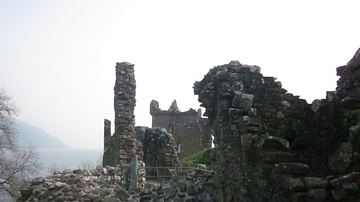
Image
Ruins of Urquhart Castle
The ruins of Urquhart Castle, Inverness, Scotland.
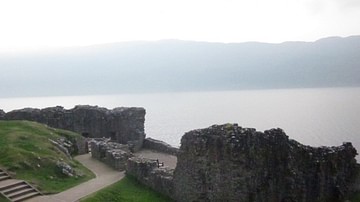
Image
Urquhart Castle
The ruins of Urquhart Castle (present structure c. 13th-16th centuries CE) by Loch Ness, Inverness, Scotland.
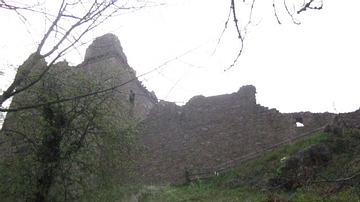
Image
Ruins of Urquhart Castle from Shore of Loch Ness
The towering ruins of Urquhart Castle, seen from the bank of Loch Ness below. Inverness, Scotland.
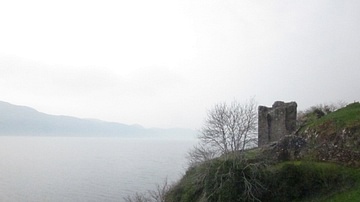
Image
Urquhart Castle Tower on Loch Ness
Tower of Urquhart Castle ruins on Loch Ness (present structure dated from 13th-16th century CE), Inverness, Scotland.

Image
Micklegate Bar, York
Micklegate Bar, York, one of the medieval gates of the city. The gate was first built in the 12th century CE and then extended upwards in the 14th century CE.

Image
Persepolis Faravahar
Faravahar symbol at Persepolis.
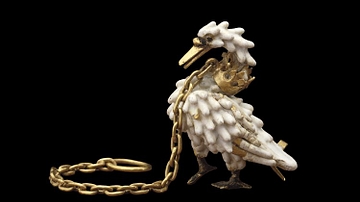
Image
Dunstable Swan Jewel
The Dunstable Swan Jewel, a white swan with coronet which was the badge of the Bohun family and adopted by Henry Lancaster, son of John of Gaunt and grandson of Edward III of England. Gold and enamel, c. 1400. Height: 3.4 cm. British Museum...
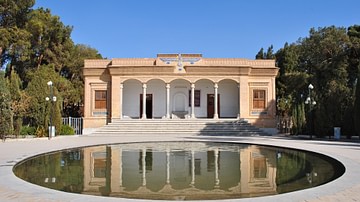
Image
Yazd Atash Behram
Yazd Atash Behram Zoroastrian Fire Temple, Iran.
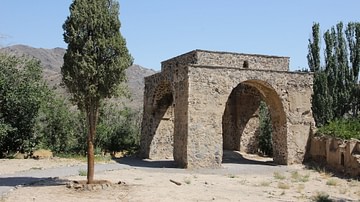
Image
Natanz Fire Temple
Sassanian Fire Temple, Natanz, Iran.